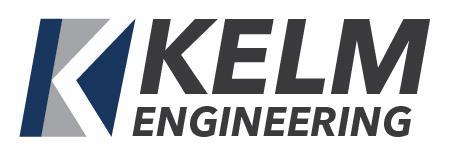Call Us 281-940-KELM

MODAL TESTING
Modal testing is the practice of gathering empirical test data that can be used to define the dynamic response of a structure. The name “modal” implies that the data gathered will be adequate to define one or more dynamic mode shapes of response to some stimulus. The values often calculated from measured data include modal stiffness, damping, mass, natural frequency, and the deformed shape of the structure corresponding with each natural frequency. In addition to definition of the dynamic response of the structure in question at or near resonance, the same test data can be used to predict off-resonant response based on the characteristics of the modal data.
Operating Deflection Shape
The tools that are used for modal testing may also be used to generate an operating deflection shape. This field test technique provides visual information about how a machine and/or structure is responding to dynamic forces. By measuring vibration data at seve
ral locations with a common phase reference, it is possible to create computer models that visually show the machine's movement at various frequencies.
Benefits of Modal Testing and Operating Deflection Shape Testing
These analysis techniques allow a vast amount of information to be presented in an easy-to-understand visual form. The visualizations aid in identifying deficiencies in design or installation practices and can help validate results from Finite Element Models. These test results enable the company to quickly make changes to address the problems, creating an efficient and effective method to problem solving.
Contact Kelm Engineering for Modal Testing
Does your company need modal testing for some of its structures? Contact Kelm Engineering today to schedule modal testing to better protect your business. Our field engineers are highly qualified and experienced in performing field and analytical services.

